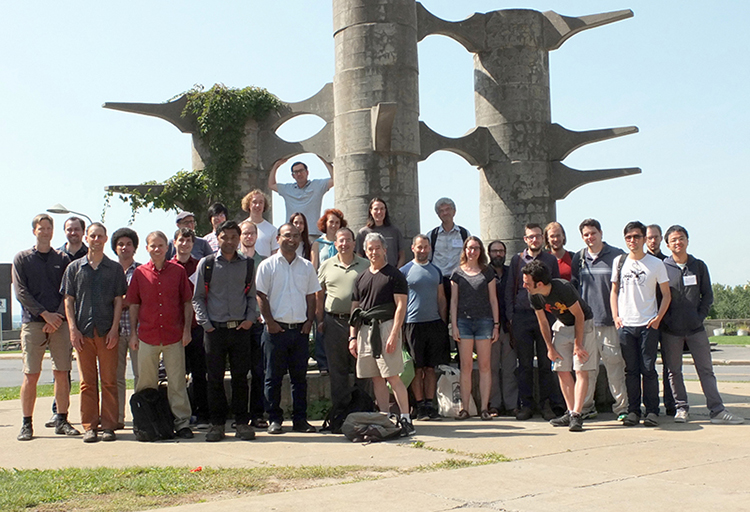Overview
[ Français ]
The shortest route between two points is a straight line: this is one of the first lessons we teach in basic geometry. In practice, it is false, because of obstacles -- otherwise we would travel from London to New Zealand's Antipodes Islands by tunnelling directly through the centre of the earth. For a more organic example, consider the trajectories of river systems, which twist and turn around obstacles en route to the ocean. The river's route is not a shortest path in the traditional, Euclidean sense, but it is "optimal" in the sense that it approximately minimizes the energy expended by the water in its trajectory from source to sea. Of course, this process is also unpredictable, sensitive to the topographical vagaries of the river's surroundings. What is a reasonable mathematical model for such a route? There are a vast array of challenging and exciting problems in probability and statistical physics that can be cast in terms of such "random energy landscapes". In some cases, even finding rigorous formulations of the problem has proved a major challenge. In others, discrete models are easily described but convergence theorems remain elusive. The workshop will survey recent developments and methodological advances in the area
